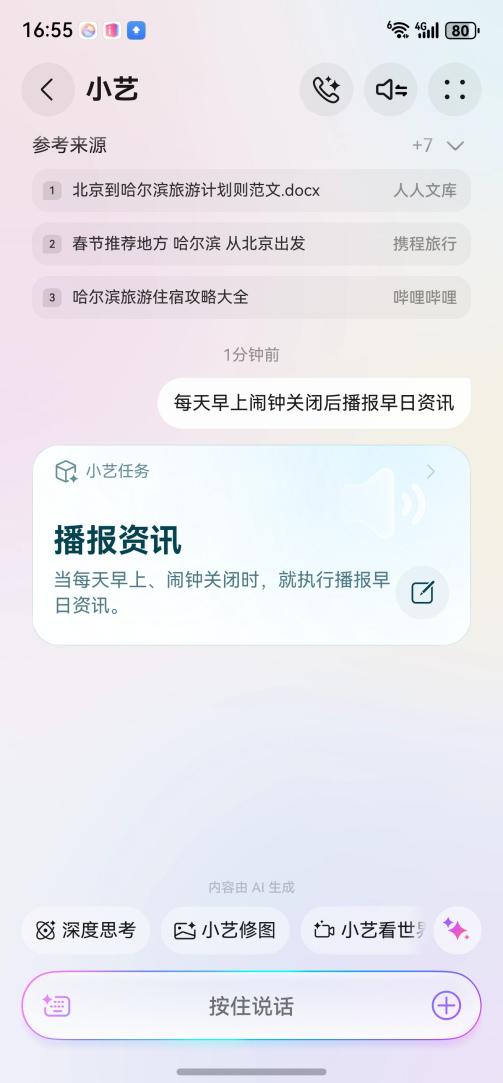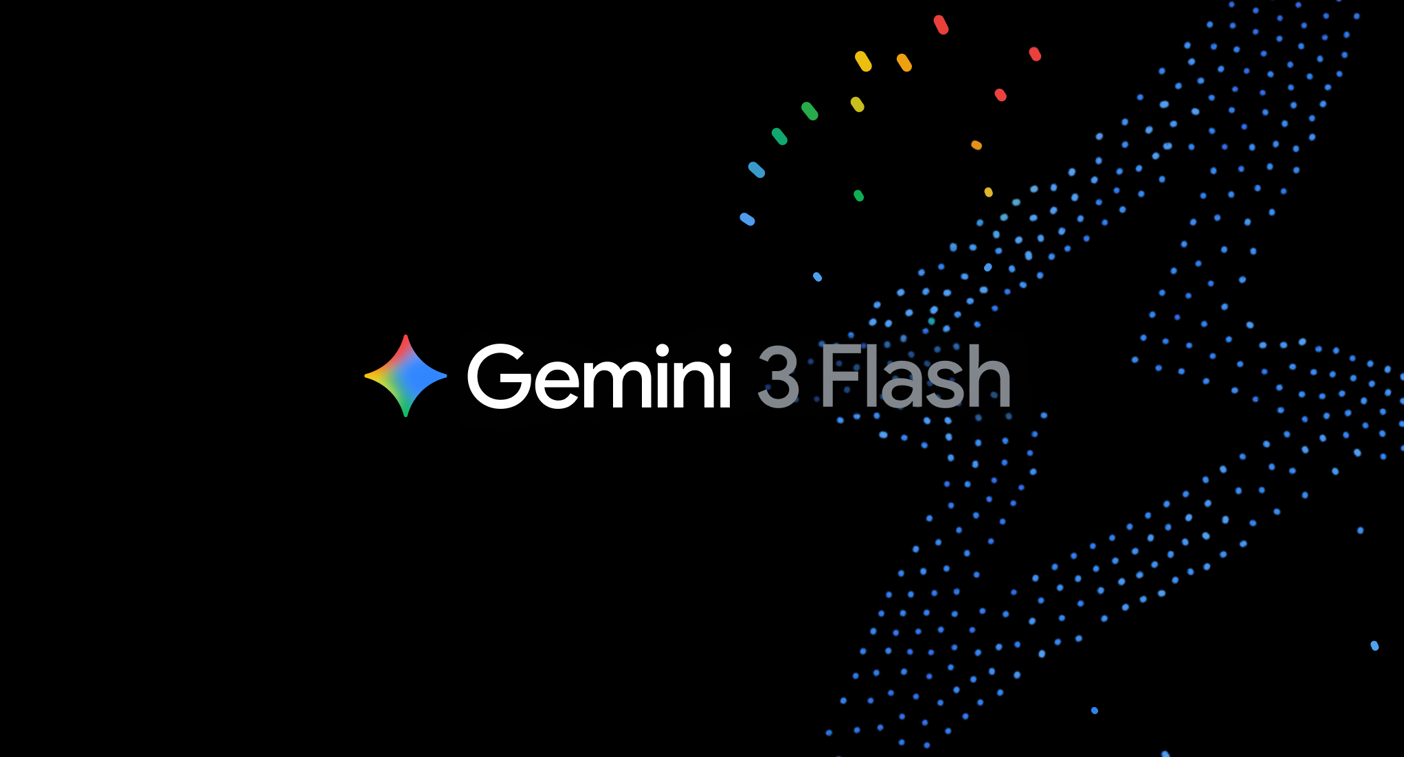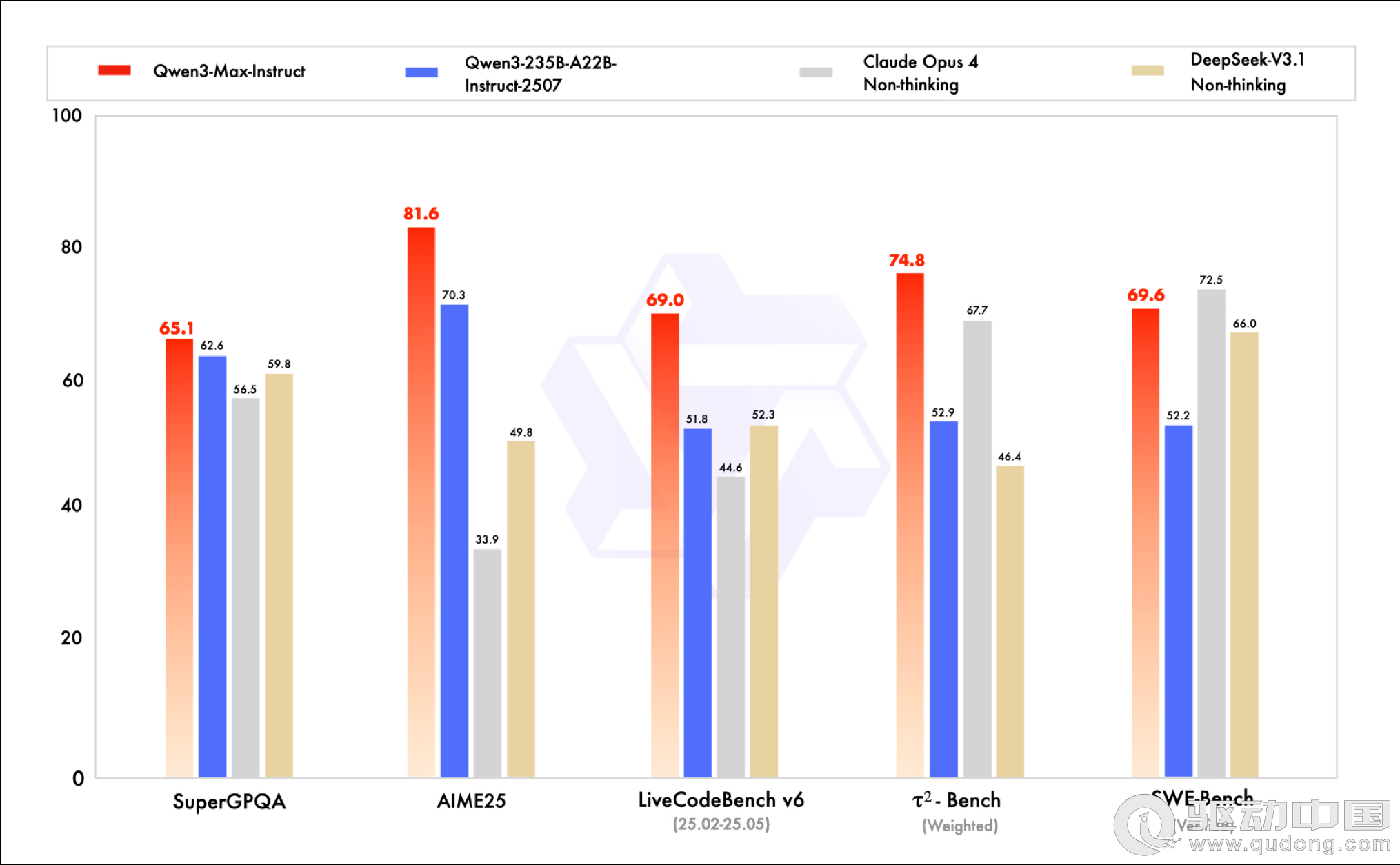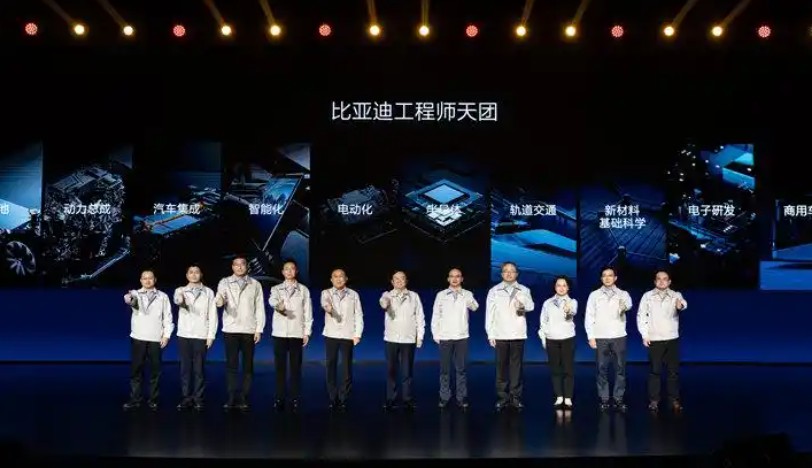Java 7新I/O特性解析
-
软件频道
编程学院
Javascript
精华文摘
正文
Java 7提供了一个新API访问文件系统,但除此之外,JSR 203(NIO.2)还包含其它很多新特性,这个新版本的确新增了很多改善I/O编程的类,本文将会介绍下面的新特性:
· SeekableByteChannel:随机访问通道;
· MulticastChannel:允许IP多播的通道;
· NetworkChannel:新的网络通道超级接口;
· 异步I/O API:新的API使I/O操作可以异步进行。
SeekableByteChannel
首先,Java 7包括新的ByteChannel – SeekableByteChannel,这个通道维护当前的位置,你可以读写该位置,并允许随机访问。使用这个类型的通道,你可以添加多个线程读/写在不同位置相同的线程。
SeekableByteChannel channel2 = Paths.get("Path to file").newByteChannel(StandardOpenOption.READ, StandardOpenOption.WRITE); //READ and WRITE
你可以使用下面这些方法操作位置和通道的大小。
· long position():返回目前的位置;
· long size():返回通道连接实体的当前大小,如通道连接的文件大小;
· position(long newPosition):移动当前位置到某个地方;
· truncate(long size):根据给定大小截断实体。
position()和truncate()方法简单地返回当前通道,允许链式调用。
现在FileChannel实现了新的接口,使用所有FileChannel你都可以实现随机访问,当然你可以用它读取一个文件:
try {
channel = Paths.get("Path to file").newByteChannel(StandardOpenOption.READ);
ByteBuffer buf = ByteBuffer.allocate(4096);
System.out.println("File size: " + channel.size());
String encoding = System.getProperty("file.encoding");
while (channel.read(buf) > 0) {
buf.rewind();
byte[] bytearr = new byte[bytebuff.remaining()];
buf.get(bytearray);
System.out.print(new String(bytearray));
buf.flip();
System.out.println("Current position : " + channel.position());
}
} catch (IOException e) {
System.out.println("Expection when reading : " + e.getMessage());
e.printStackTrace();
} finally {
if (sbc != null){
channel.close();
}
}
MulticastChannel
这个新的接口允许开启IP多播,因此你可以向一个完整的组发送和接收IP数据报。多播实现了直接绑定本地多播设备,这个接口是通过DatagramChannel和AsynchronousDatagramChannel实现的。
下面是从Javadoc中摘取的一个打开DatagramChannel t的简单示例:
DatagramChannel dc = DatagramChannel.open(StandardProtocolFamily.INET)
.setOption(StandardSocketOption.SO_REUSEADDR, true)
.bind(new InetSocketAddress(5000))
.setOption(StandardSocketOption.IP_MULTICAST_IF, networkInterface);
InetAddress group = InetAddress.getByName("225.4.5.6");
MembershipKey key = dc.join(group, networkInterface);
你可以使用以前经常使用的DatagramChannel,但操作方式是多播了,因此你收到的是接口中所有的数据包,你发送的数据包会发到所有组。
NetworkChannel
现在所有网络通道都实现了新的NetworkChannel接口,你可以轻松绑定套接字管道,设置和查询套接字选项,此外,套接字选项也被扩展了,因此你可以使用操作系统特定的选项,对于高性能服务器这非常有用。
异步I/O
现在我们介绍最重要的新特性:异步I/O API,从它的名字我们就知道它有什么功能了,这个新的通道为套接字和文件提供了异步操作。
当然,所有操作都是非阻塞的,但对所有异步通道,你也可以执行阻塞操作,所有异步I/O操作都有下列两种形式中的一种:
· 第一个返回java.util.concurrent.Future,代表等待结果,你可以使用Future特性等待I/O操作结束;
· 第二个是使用CompletionHandler创建的,当操作结束时,如回调系统,调用这个处理程序。
下面是它们的一些例子,首先来看看使用Future的例子:
ByteBuffer buffer = ByteBuffer.allocate(capacity);
Future result = channel.read(buffer, 100); //Read capacity bytes from the file starting at position 100
boolean done = result.isDone(); //Indicate if the result is already terminated
你也可以等待结束:
或等待超时:
再来看看使用CompletionHandler的例子:
public void completed(Integer result, Object attachement){
//Compute the result
}
public void failed(Throwable exception, Object attachement){
//Answer to the fail
}
});
正如你所看到的,你可以给操作一个附件,在操作末尾给CompletionHandler,当然,你可以把null当作一个附件提供,你可以传递任何你想传递的,如用于AsynchronousSocketChannel的Connection,或用于读操作的ByteBuffer。
public void completed(Integer result, ByteBuffer buffer){
//Compute the result
}
public void failed(Throwable exception, ByteBuffer buffer){
//Answer to the fail
}
});
正如你所看到的,CompletionHandle也提供Future元素表示等待结果,因此你可以合并这两个格式。
下面是NIO.2中的所有异步通道:
· AsynchronousFileChannel:读写文件的异步通道,这个通道没有全局位置,因此每个读写操作都需要一个位置,你可以使用不同的线程同时访问文件的不同部分,当你打开这个通道时,必须指定READ或WRITE选项;
· AsynchronousSocketChannel:用于套接字的一个简单异步通道,连接、读/写、分散/聚集方法全都是异步的,读/写方法支持超时;
· AsynchronousServerSocketChannel:用于ServerSocket的异步通道,accept()方法是异步的,当连接被接受时,调用CompletionHandler,这种连接的结果是一个AsynchronousSocketChannel;
· AsynchronousDatagramChannel:用于数据报套接字的通道,读/写(连接)和接收/发送(无连接)方法是异步的。
分组
当你使用AsynchronousChannels时,有线程调用完整的处理程序,这些线程被绑定到一个AsynchronousChannelGroup组,这个组包含一个线程池,它封装了所有线程共享的资源,你可以使用线程池来调用这些组,AsynchronousFileChannel可以使用它自己的组创建,将ExecutorService作为一个参数传递给open()方法,在open方法中,通道是使用AsynchronousChannelGroup创建的,如果你不给它一个组,或传递一个NULL,它就会使用默认组。通道被认为是属于组的,因此,如果组关闭了,通道也就关闭了。
你可以使用ThreadFactory创建一个组:
AsynchronousChannelGroup channelGroup = AsynchronousChannelGroup.withFixedThreadPool(25, threadFactory);
或使用一个ExecutorService:
AsynchronousChannelGroup channelGroup = AsynchronousChannelGroup.withThreadPool(service);
而且你可以很容易地使用它:
你可以使用在组上使用shutdown()方法关闭组,关闭之后,你就不能使用这个组创建更多的通道,当所有通道关闭后,组也终止了,处理程序结束,资源也释放了。
当你使用任何类型的池和CompletionHandler时,你必须要注意一点,不要在CompletionHandler内使用阻塞或长时间操作,如果所有线程都被阻塞,整个应用程序都会被阻塞掉。如果你有自定义或缓存的线程池,它会使队列无限制地增长,最终导致OutOfMemoryError。
我想我把新的异步I/O API涵盖的内容讲得差不多了,当然这不是一两句话可以说清楚的,也不是每一个人都会使用到它们,但在某些时候它确实很有用,Java支持这种I/O操作终归是一件好事。如果我的代码中有什么错误我表示道歉,因为我也是刚刚才接触。
评论 {{userinfo.comments}}
-
{{child.nickname}}
{{child.create_time}}{{child.content}}






{{question.question}}
提交
新一代小米SU7官宣2026年4月上市 新增卡布里蓝配色
王者跨界 创新共舞 石头科技与皇马跨界共塑全球高端清洁品牌坐标系
荣耀WIN评测:万级续航+主动散热,重构电竞手机天花板
2026专注热爱:小艺助你开启新生活,省心又高效
驱动号 更多













































